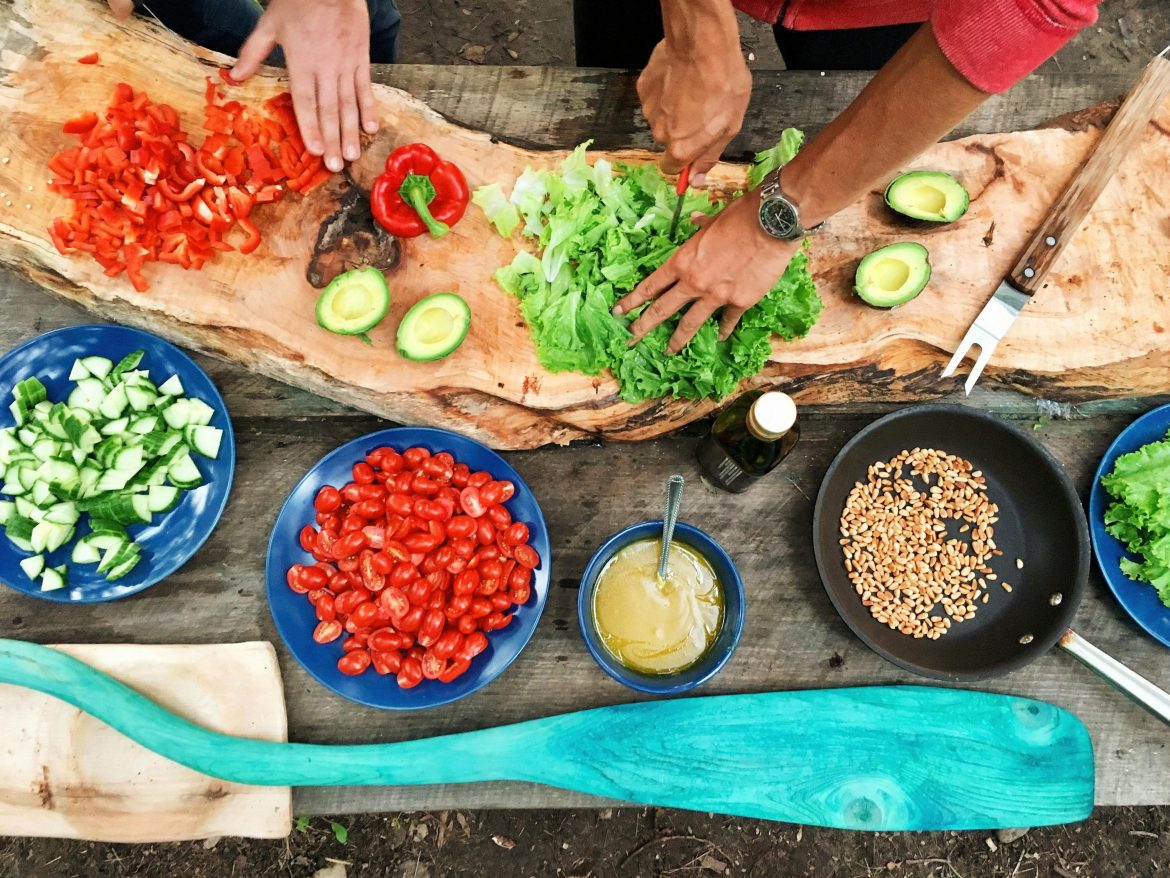Food waste is a growing global issue – and one we can all do something about. In South Africa alone, an estimated 10 million tonnes of food is wasted each year, much of it fruit and vegetables discarded simply for looking imperfect. That’s not only a tragic waste of food, but of the energy, water and labour used to produce it.
By embracing zero-waste cooking, you can help reduce the environmental impact of food waste while saving money and making the most of every ingredient in your kitchen.
ALSO SEE: How to grow an endless supply of spring onions in your kitchen
What counts as food waste?
Food waste includes anything edible that ends up in the bin – whether it’s leftovers pushed to the back of the fridge, scraps that could have been reused, or fresh produce thrown away for superficial flaws. It also includes expired food or items forgotten in the cupboard. At every stage of the food system, from farm to fork, waste contributes to greenhouse gas emissions and strains natural resources.
The good news? A few mindful changes can make a big difference.
Simple zero-waste cooking tips to try
Plan your meals like a chef
Professional chefs carefully plan menus to avoid excess ingredients, and you can do the same at home. Try these steps:
- Plan your meals weekly or monthly
- Check your fridge and pantry before shopping
- Make a shopping list with exact quantities
- Avoid shopping while hungry to curb impulse buys
- Shop local where possible
- Buy loose produce instead of pre-packed, and only what you need
- Don’t dismiss imperfect fruit and veg – they’re still full of flavour and nutrients
Rethink your storage habits
Storing food correctly helps it last longer and reduces waste.
In the fridge:
- Top shelf: Leftovers, dairy and condiments
- Middle shelf: Cooked meals and perishables
- Bottom shelf: Raw meat (sealed)
- Crisper drawers: Fruits, vegetables and herbs
- Door: Juices, milk and frequently used items
In the freezer and pantry:
- Use the first in, first out method – older items go to the front
- Store food in airtight, freezer-safe containers
- Label and date items to avoid throwing away expired food
- Do regular stock takes before shopping
Start composting
A compost heap is a simple way to turn food scraps into rich, nutrient-packed fertiliser for your garden. It reduces what you send to landfill and helps your plants thrive. You don’t need much space – even a small balcony composter can work wonders.
Many vegetable scraps can also be regrown from the cuttings. Spring onions, carrots, beetroot, lettuce, cabbage and herbs like basil and rosemary will regrow in water with a bit of sunlight.
Make the most of leftovers
Before heading to the shops, check what you’ve already got. Leftovers are an opportunity to get creative:
- Roast veg: Add to wraps, pasta, salads or omelettes
- Rice: Transform into stir-fries or crispy rice cakes
- Cooked meats: Use in sandwiches, soups or to bulk up stews
- Stale bread: Make croutons, French toast or homemade breadcrumbs
- Cheese scraps: Use in sauces, homemade pesto or as a savoury topping
DIY your condiments and flavours
Instead of buying new, turn scraps into something special:
- Stock: Simmer leftover veg or bones into a hearty base
- Dried herbs and powders: Oven-dry wilting herbs or veg and grind into seasonings
- Quick pickles: Preserve leftover veg with vinegar and herbs
- Sauces and jams: Overripe fruit can become chutney, jam or tomato sauce
- Natural cleaning products: Use citrus peels and herbs to make DIY sprays
Zero-waste cooking isn’t about perfection – it’s about progress. With a bit of prep and a creative approach to using what you already have, you can minimise waste, stretch your budget, and do your part for the planet.
So why not start small? Whether it’s regrowing spring onions or making your own vegetable stock, each little habit helps you build a greener, more sustainable kitchen.
ALSO SEE:
Featured Image: Pexels
A version of this article was first written by Annemieke van Nieuwkerk for Food&Home

